First non-conformist chapel erected here c1698
Please note that this text is an extract from a reference work written in 1990. As a result, some of the content may not reflect recent research, changes and events.
v) UNION STREET: Union Street was once known as Meeting House Lane and has several listed buildings including a plain row of early-nineteenth-century shops, nos.1-5, on the southern side, and the late-eighteenth-century cobble-fronted nos.9-10 opposite.
The former chapel at the corner of Union Street and Meeting House Lane was Brighton’s first purpose-built non-conformist chapel, erected in 1698 {18,64a} as a Presbyterian meeting house. It later became an Independent chapel, and it is claimed that Dr David Livingstone married Miss Mary Moffatt there in 1844. In 1878 the chapel was taken by the Union Congregation which in 1898 joined with the Queen Square Congregational Church to form the Union Free Church. In May 1905 the chapel was sold to the Glyn Vivian Miners’ Mission, and from 1927 until August 1988 was the Elim Tabernacle of the Church of the Four Square Gospel. The listed building was rebuilt and enlarged in 1825 by Charles Busby {123} in Greek Doric style, and was restored again in 1985, but the eastern facade in Meeting House Lane is faced with cobbles and dates from an earlier period, perhaps from the original construction.
The interior, which can seat nearly a thousand people, is a semi-circular amphitheatre with galleries supported on Corinthian pillars. Preserved in the facade is a stone bearing the date of formation of the original congregation, 1688, following the passing of the Toleration Act. With the Elim congregation removed to Albion Street in September 1988, the building is probably to be converted into a restaurant and shops. {1,18,44,61,64a,123,311}
Any numerical cross-references in the text above refer to resources in the Sources and Bibliography section of the Encyclopaedia of Brighton by Tim Carder.
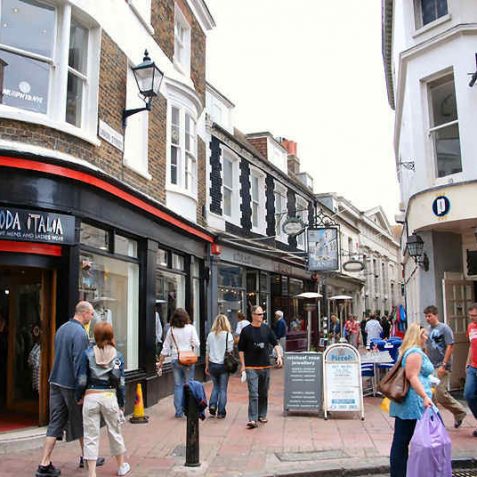
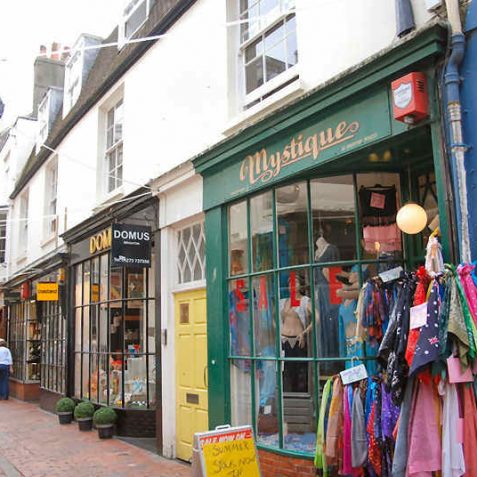

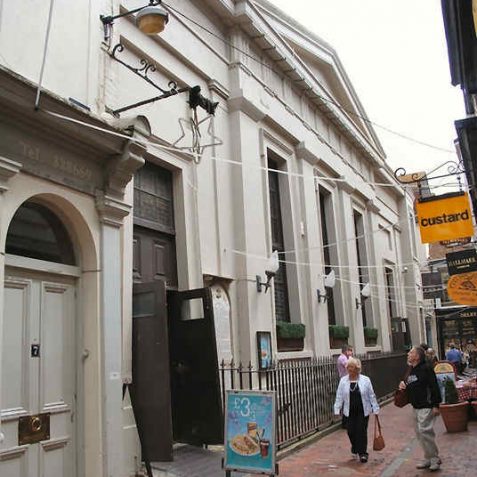
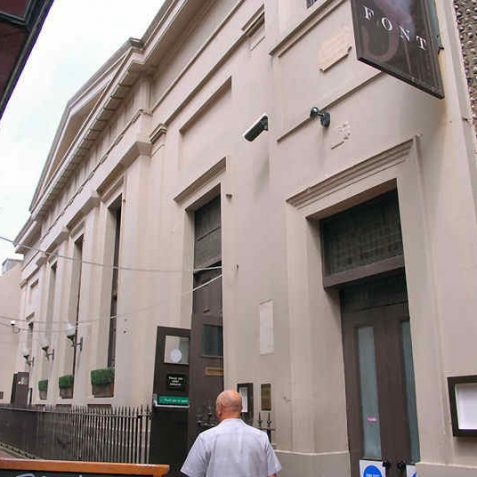
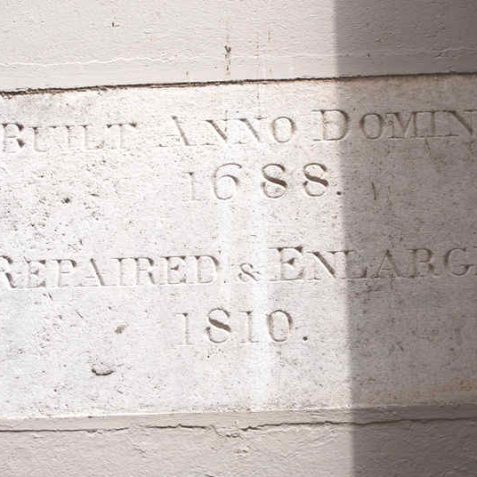
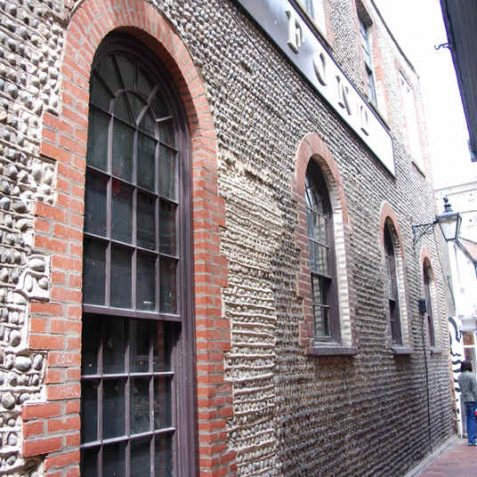





Comments about this page
My GGGrandmother married in this Chapel in 1852. The marriage certificate states the ceremony was in accordance of “Protestant Dissenters”. It was then known as Union Street Chapel.
Add a comment about this page